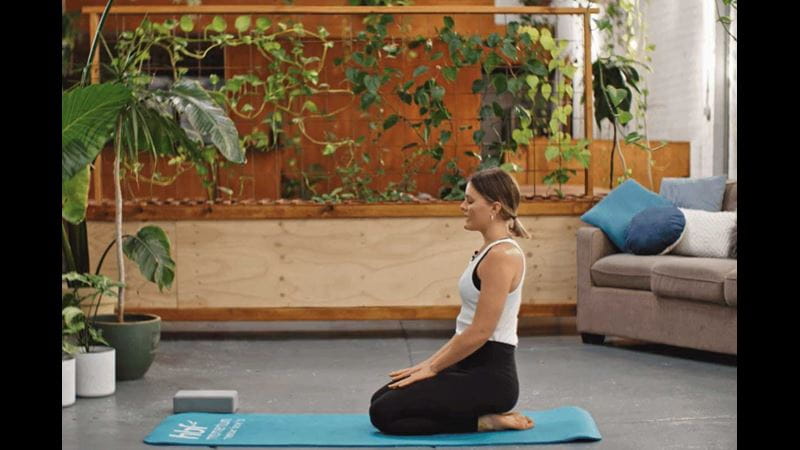7 tips for learning to meditate
"If the idea of sitting still and focusing your mind feels challenging at first, that’s completely normal," Sanderson says.
“It's important for beginners to understand that meditation is a skill that takes time to develop,” she says.
"The more you practise it, the easier it becomes."
Here are a few tips she suggests for getting started with your meditation practice:
- Set aside the time. “10 minutes is a great starting point for your meditation practice,” she says. “I would recommend either first thing in the morning or at some point during the evening.”
- Create a calming space. “Consider lighting, temperature, sound and cushions. You want it to be your own sacred space where you feel safe with little to no distractions.”
- Try different types of meditation. “It may be trial and error until you find one that resonates well with you and your current needs.”
- Set intentions. “Ask yourself – why are you meditating, and what are you hoping to get out of it? This will help keep you motivated and dedicated to the practice.”
- Take the pressure off doing it ‘perfectly’. “A wandering mind is normal during meditation – having awareness of the wandering mind is the art of it.”
- Be patient. “It takes time to still the mind. It’s like training any other muscle in the body – with persistence you will start to feel and notice the benefits.”
- Seek guidance if needed. “Join a meditation class or sign up to an online meditation program and let professionals guide you through it.”
7 tips for creating new habits – and sticking to them
Body scan meditation
One simple technique Sanderson suggests for beginners is a guided body scan.
“This can give you a feel for where you hold tension and stress in your body, and allow you to focus on relaxing those areas,” she says.
She shares a few steps to get started:
- Sit or lie down in a comfortable position. Close your eyes and take a few slow, deep breaths.
- Pay close attention to the physical sensations throughout your body.
- Slowly move your attention through each part of your body, starting with your feet and moving up through your legs, abdomen, chest, back, shoulders, arms, hands, neck and face.
- Spend around 15 seconds on each body part, using your exhale to help relax and soften each area.
Breath meditation
Another meditation exercise Sanderson suggests involves simply focusing on your breath.
Here’s how:
- Sit or lie in a comfortable place and bring your attention to your breath.
- Notice the physical sensation of air filling your lungs, and then slowly emptying your lungs. Feel your ribcage expand outwards, and then move inward.
- Focus on tracing the breath as it enters your body, moves through your body, and then back out.
- When your mind wanders, simply notice it. Then try to gently bring your attention back to your breath and the movement of it through your body.
You can use these simple meditation techniques whenever you want to feel more relaxed or refreshed. With practice, they can become a beneficial part of your self-care routine.
For more guidance, you might like to look for a meditation teacher or group near you or online, or try apps like Smiling Mind or the free Insight Timer.



